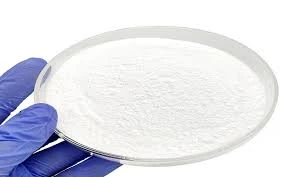

Potassium permanganate is widely utilized to remove iron, manganese, and hydrogen sulfide from water—elements that can cause unpleasant tastes and stains. By oxidizing these substances, potassium permanganate renders them insoluble, allowing for easier filtration. Its use is especially prevalent in treating well water and industrial applications. This chemical, while effective, mandates precise application as overdosing can impart a slight pink tint to water, which, although harmless, may be aesthetically displeasing. In addition to these chemicals, polyaluminium chloride (PAC) is appreciated for its ability to coagulate and clarify water by aggregating suspended particles. The use of PAC is particularly advantageous in large-scale operations, such as municipal water treatment plants, due to its efficiency in varying water conditions. Its application results in less sludge production compared to traditional coagulants like alum, offering environmental and operational efficiencies. These chemicals have transformed water purification practices, offering scalable solutions for delivering safe drinking water. Each chemical possesses unique properties and application methods, thus requiring careful consideration based on water source characteristics and treatment goals. Utilizing these chemicals effectively is not just about adding substances to water; it's about understanding their mechanics and potential impacts on water quality and human health. Selecting the right chemical for water treatment is vital. It involves evaluating specific needs, regulatory requirements, and available infrastructure. For consumers and professionals alike, awareness and expertise in chemical applications can significantly enhance the safety and quality of water consumed, providing an indispensable resource for healthy living.
Next:

